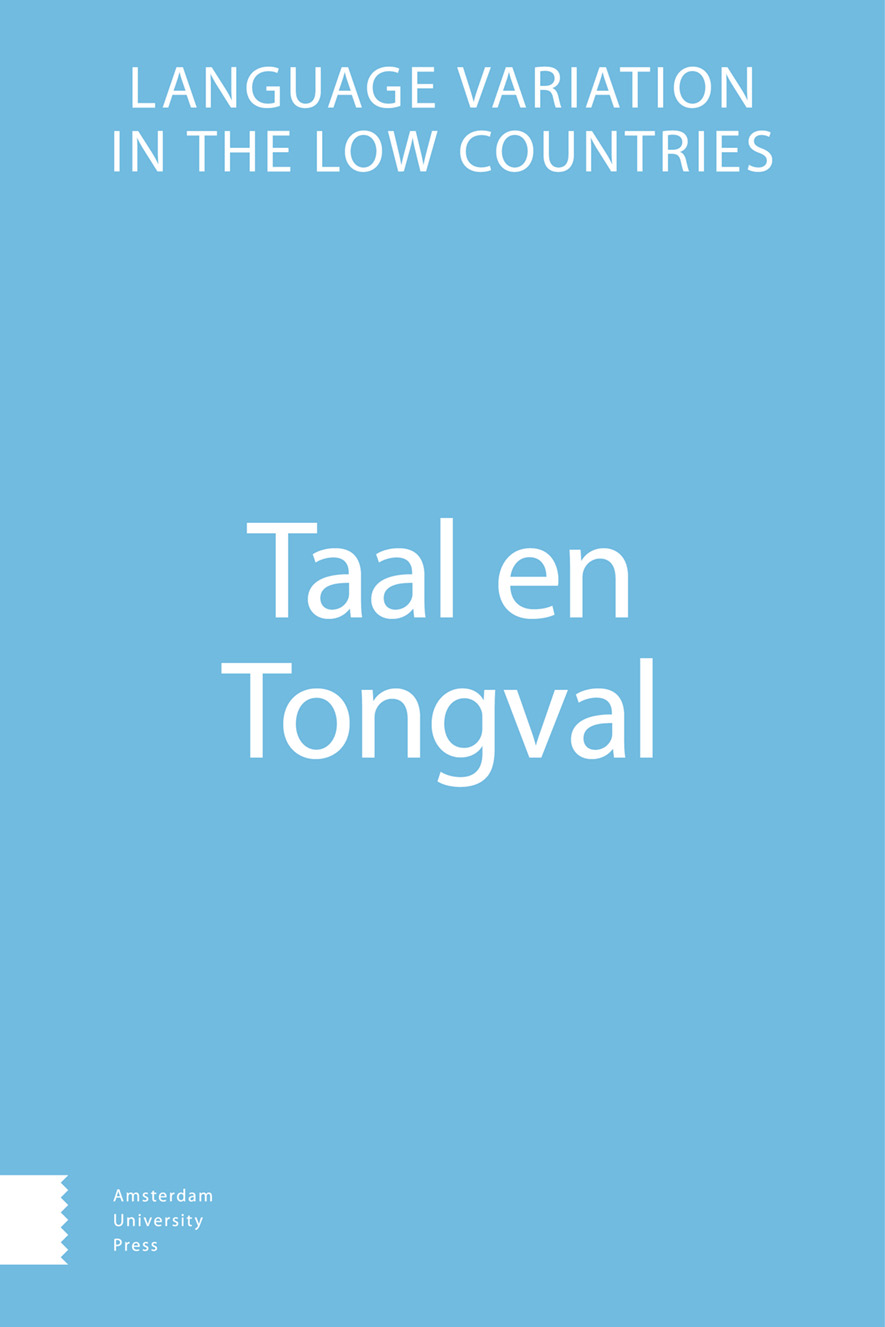-
oa The Belgian-Dutch language situation from a different angle: child-directed speech as a road into micro language choices and macro norms
- Amsterdam University Press
- Source: Taal en Tongval, Volume 76, Issue 2, Dec 2024, p. 140 - 171
-
- 01 Dec 2024
Abstract
On the premise that caregivers’ micro-level language choices when addressing their children reflect their relation to the macro-level linguascape, this mixed-methods study targets the linguistic practices of 16 Belgian-Dutch speaking caregivers. First, a quantitative variationist analysis identifies caregivers’ style-shifts between adult-directed (ADS) and child-directed speech (CDS) during dinner table conversations for pronouns of address, adnominal flexion and t-deletion. Additionally, qualitative template analysis serves as a guide into the caregivers’ explicit language attitudes as expressed in metalinguistic interviews. Different practices are uncovered for the linguistic parameters under study, most notably for t-deletion, yet overall, results reveal a shift towards standard language in CDS compared to ADS for all caregivers. Nevertheless, the extent of style-shifting varies considerably between caregivers, with a strong correlation to their educational background. By contrast, explicit attitudinal orientations seemed to have little or no effect at all. Some inconsistencies seem to exist between the variation patterns and explicitly reported attitudes, the latter of which show traces of long-established macro norms as well as a double standard scenario.


